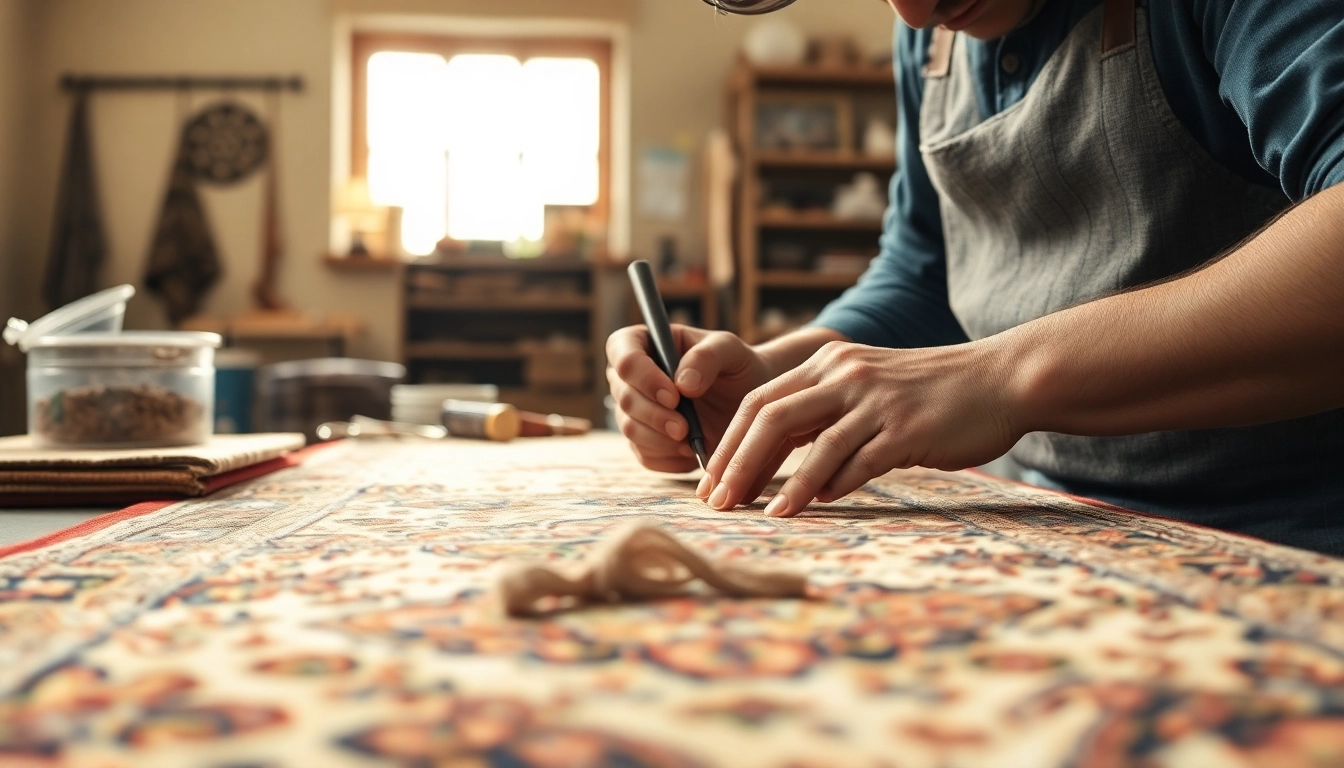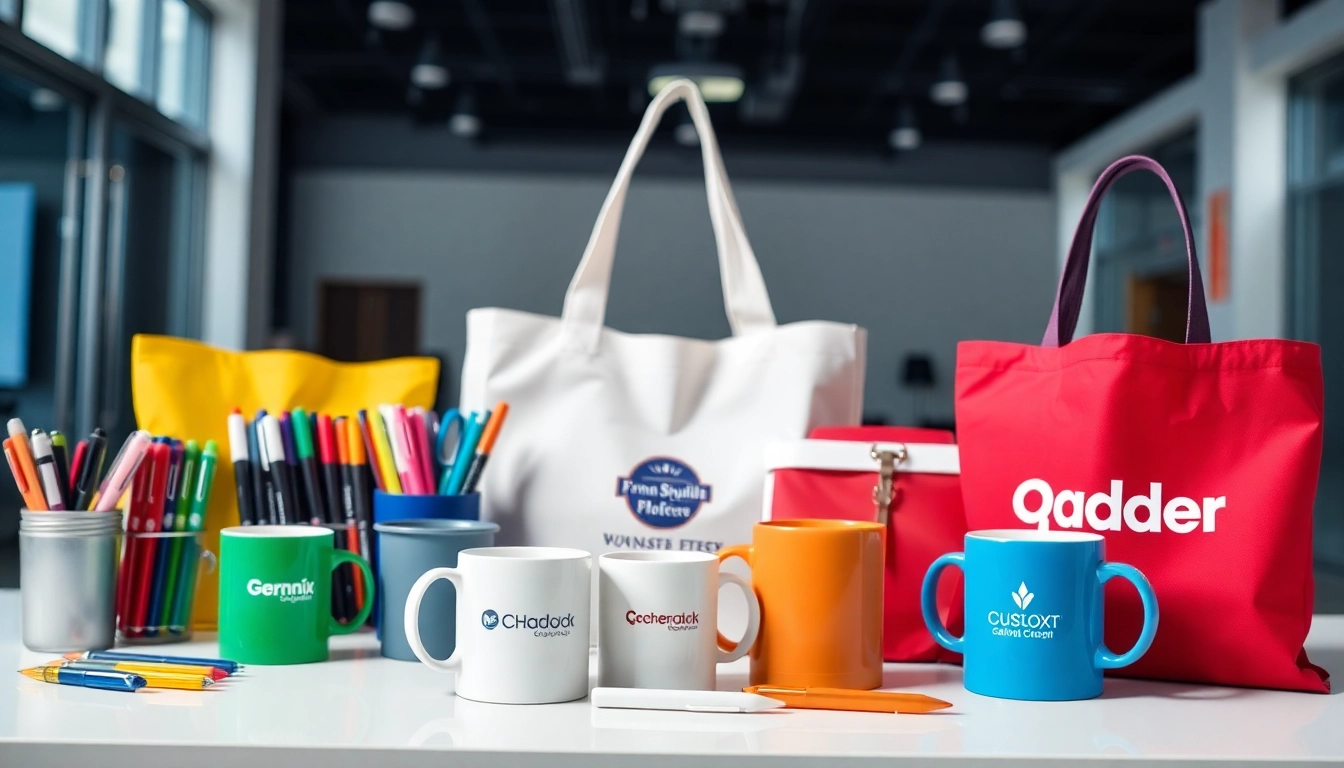Expert Restauro Tappeti Milano: Professional Restoration & Care for Your Rugs
Understanding Restauro Tappeti Milano: Techniques and Importance
The art of restoring carpets in Milan, known locally as Restauro Tappeti milano, involves a combination of age-old craftsmanship and modern preservation techniques. This specialized field focuses on recovering the aesthetic, structural, and historical integrity of both antique and contemporary rugs, ensuring they can be enjoyed for generations to come. Given the city’s rich cultural tapestry and its role as a hub for art, design, and heritage conservation, professional rug restoration is not just about fixing damages — it’s about protecting a piece of history and art.
What is professional rug restoration and why is it essential?
Professional rug restoration encompasses techniques designed to repair damage, restore vibrancy, and reinforce the longevity of carpets. This process is crucial because rugs, especially antique and valuable pieces, are susceptible to wear, fading, stains, and physical damage over time. Without expert intervention, minor issues can escalate, leading to irreversible loss of artistry and historical value. Restoration ensures the preservation of craftsmanship, cultural significance, and ultimately, the investment value of the rug.
Types of damages addressed during Restauro Tappeti Milano
Damage types range widely, including:
- Physical tears and holes: caused by mechanical stress or accidents.
- Fringe deterioration: fraying or disintegration of the decorative edges.
- Color fading and dye bleeding: due to sun exposure or improper cleaning.
- Stains and spots: from spills, pet accidents, or environmental contaminants.
- Structural issues: such as loose or broken knots, weak foundation, or warpings.
- Moth and pest damage: causing holes and fiber weakening.
Historical significance of restoring traditional and modern rugs
Restoring traditional rugs, like Persian or Turkish masterpieces, preserves their cultural narratives and artistic techniques. Modern rugs, while often less historically significant, benefit from restoration by maintaining their aesthetic appeal and structural integrity. These efforts contribute to Milan’s reputation as a city that values its artistic heritage and contemporary design, ensuring diverse styles remain accessible and suitable for modern interiors. Restoration thus acts as a bridge between past and present, safeguarding a broad spectrum of artisanal expressions.
Step-by-Step Guide to Restauro Tappeti Milano Services
Initial assessment and damage evaluation
The first phase involves a meticulous examination by a qualified restorer. They assess the extent of damage, identify the type of fibers, dyes, and construction techniques used, and determine the condition of the foundation. High-resolution photographic documentation and detailed reports are standard to plan a tailored restoration approach. Skilled restorers also evaluate whether the rug’s age, rarity, and provenance influence restoration priorities and methods.
Cleaning, repairing, and restoring techniques used
Depending on the damage, restorers employ a mix of traditional and cutting-edge techniques, including:
- Dry and wet cleaning: to remove dirt, stains, and previous improper treatments without harming delicate fibers.
- Color correction: using natural or synthetic dyes that match original hues for dye restoration or retouching.
- Reweaving and knot replacement: hand-tying new fibers into damaged areas, preserving original craftsmanship.
- Fringe and edge repair: reattaching or replacing worn fringes, sewing loose threads, or reinforcing borders.
- Structural reinforcement: strengthening weak foundations with appropriate backing materials.
Final treatment and preservation methods to ensure longevity
Once repairs are complete, a protective coating or anti-stain treatment may be applied to prolong the life of the rug. Restorers also advise on optimal placement and handling. Proper storage and periodic inspections are recommended to prevent future damage. Techniques like climate-controlled environments and professional cleaning routines are vital in maintaining the restored condition and ensuring the rug’s aesthetic and structural stability over time.
Choosing the Right Restauro Tappeti Milano Specialist
Key factors to consider: experience, certifications, reputation
Expertise is paramount. A reputable specialist should have extensive experience, preferably with a portfolio of diverse restoration projects including antique, modern, and artistic rugs. Certifications from recognized conservation institutions and affiliations with professional associations lend credibility. Client testimonials and examples of previous work serve as indicators of quality and trustworthiness.
Questions to ask before selecting a restoration service
- What materials and methods do you use for restoration?
- Can you provide references or examples of similar projects?
- What is your estimated timeline and cost for restoration?
- Do you offer post-restoration care and maintenance advice?
- How do you ensure color matching and fabric authenticity?
Benefits of working with local experts in Milano
Local specialists understand Milan’s climate considerations and cultural context, enabling tailored preservation strategies. Close proximity facilitates ongoing consultations, quick assessments, and personalized services. Additionally, working with local artisans supports the region’s artisanal economy and promotes a cycle of cultural preservation aligned with Milan’s esteemed artistic reputation.
Costing and Value of Restauro Tappeti Milano
Average costs for different types of restoration
Restoration costs vary based on the extent of damage, rug size, and complexity. Basic cleaning and minor repairs start around $50–$200, whereas extensive reweaving, dye restoration, or structural reinforcement can reach $500–$1,500. Rare antique rugs with intricate craftsmanship might incur higher fees due to specialized techniques involved.
Factors influencing pricing and investment value
Several factors affect pricing:
- Rug age and rarity: older and rare pieces often command higher restoration fees due to their value.
- Damage severity: extensive repair needs increase costs.
- Size and complexity: larger or intricately woven rugs require more labor and skill.
- Materials used: high-quality dyes and fibers elevate restoration costs but add to the rug’s value.
How professional restoration adds financial and aesthetic value
Investing in expert restoration enhances both the aesthetic appeal and market value of the carpet. A well-restored rug looks vibrant and maintains its historical integrity, making it a focal point in interior design or a valuable collectible. Statistically, restored rugs can see an increase of 20–50% in value, especially when they are part of private collections or have provenance documentation.
Maintaining and Caring for Restored Tappeti Milano
Best practices for rug preservation post-restoration
Proper maintenance ensures long-term preservation. Keep rugs away from direct sunlight, which can cause fading. Use padded underlays to prevent wear and displacement. Rotate rugs periodically to distribute foot traffic evenly. Implement gentle cleaning routines and avoid harsh chemicals or abrasive tools.
Cleaning tips to prolong the lifespan of your rugs
Regular vacuuming with a soft brush attachment, avoiding the fringes, prevents dirt accumulation. For stains, promptly blot with a clean, damp cloth. Professional cleaning annually or biannually is recommended to remove deep-seated grime without damaging fibers. When in doubt, consult a specialist for tailored cleaning techniques suitable for the specific rug materials.
When to seek expert reinforcements and periodic care
Signs indicating a need for professional intervention include frayed edges, loose or broken knots, new stains, or a noticeable decline in appearance. Periodic inspections by experts can catch issues early, allowing for timely repairs that prevent more significant damage. Embracing routine maintenance alongside professional care maximizes the lifespan and beauty of restored carpets.



